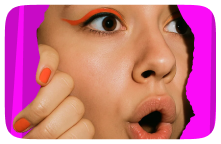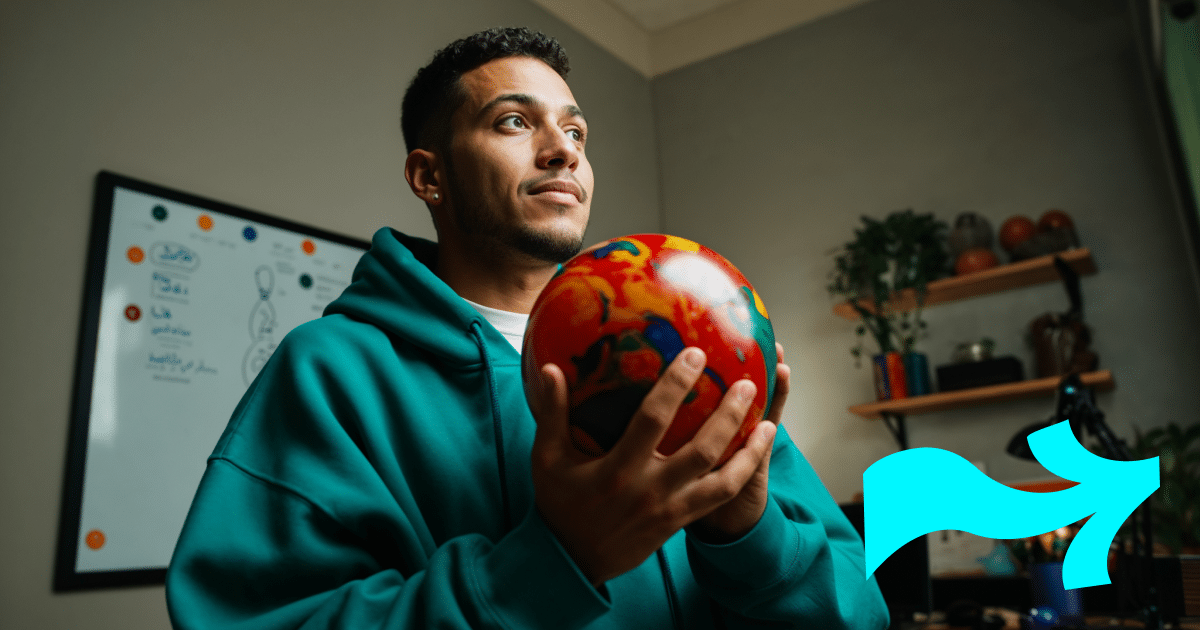When Jay-Z stepped up to the mic with his Yankee cap down low and belted out, “I’m not a businessman, I’m a business, man,” on Diamonds from Sierra Leone, he wasn’t thinking about social media, but he was a predictor of things to come.
The creator economy, a system where independent content creators monetize their skills and audience relationships, has exploded from a $1.7 billion market in 2016 to over $104 billion in 2023, with more than 50 million people worldwide now identifying as creators. This digital gold rush has transformed bedroom hobbies into stratospheric careers, driven by platforms dying to grab that cash from user-generated content, venture capital pouring billions into creator tools, and audiences willing to support creators through subscriptions, tips, and merchandise.
What started as a niche opportunity for early YouTube stars has mutated into a complex ecosystem of influencers, streamers, podcasters, newsletter writers, and digital artists, navigating the promise of creative independence against the reality of saturated markets and algorithmic gatekeeping.
The Future of the Creator Economy

The creators who live and breathe TikTok, Instagram, and YouTube have to contend with platform dependency and burnout while trying to maintain a career that’s not what Webster’s Dictionary would describe as “stable.”
There’s a constant hustle of making content and hoping people care. Emotionally, it carries heft because many people see their brand as a means to celebrate themselves with a larger audience via social media. Jenny Odell, the author of “How to Do Nothing,” said it simply but lands perfectly: “The moment you make something for an audience, you start to internalize the audience.”
So here’s the thing, the creator economy is an intricate system designed to feel like play while extracting maximum value and effort, like a big claw game of attention. Platforms have constructed game mechanics, progress bars tracking monetization eligibility, leveling-up via subscriber milestones, badges for consistency, and leaderboards showcasing top earners, creating a highly addictive dopamine-driven workflow that masks the extractive relationship underneath. Sounds perfectly normal to me.
This gamification transmogrifies (thank you, Calvin and Hobbes, for teaching me that word) labor into seemingly voluntary “grinding,” where creators chase the next achievement, willingly hustle through unpaid hours, and internalize platform metrics as their worth.
The Mr. Burns-like evil genius of this system is how it obscures traditional exploitation: creators feel autonomous while algorithms dictate content; they celebrate “making it” while platforms grab the majority of value; they accept financial precarity as the cost of “doing what they love.”
What makes this insidious is how these game mechanics normalize constant burnout productivity, blur boundaries between work and life, and shift responsibility for success entirely onto the individual, all while platforms maintain the power to change the rules without warning, essentially controlling the game board while convincing folks they’re the main character.
The Gamification of Social Media Work
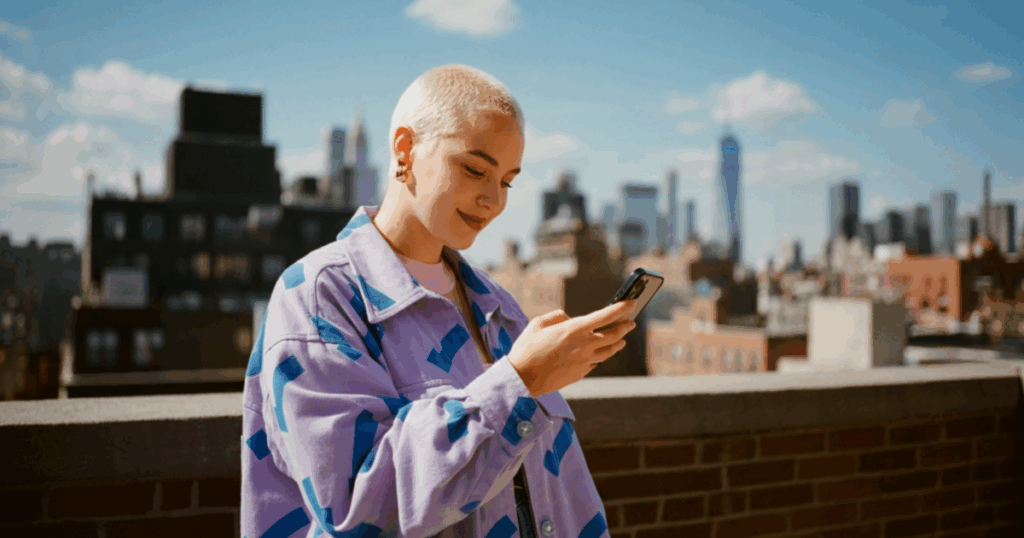
Creator platforms have used classic game design elements to push engagement and productivity, which is sketchy but effective, depending on how you view stuff like this. However, I’m not making cat content 24/7; there are only so many fluffy toys and laser pointers.
- Points Systems: Like games award points for doing stuff, platforms quantify creator value through followers, subscribers, and likes. These ain’t metrics, they’re a creator “score” in a forever game. TikTok’s follower count and YouTube’s subscriber milestones function exactly like points in a video game, creating a constant drive to increase these numbers, except not as cool as Zelda.
- Badges and Status Symbols: Verification checkmarks act as digital badges of honor, visually distinguishing “elite players” from newbies. These coveted symbols create social hierarchies and drive behavior as creators pursue the actions required to earn them. Instagram’s verification process is deliberately opaque, creating mystique around this status symbol and constantly driving creators to strive for it. Hail the blue check.
- Level-Up Systems: Monetization thresholds (like YouTube requiring 1,000 subs and 4,000 watch hours) function exactly like level gates in games, you gotta reach certain achievements to unlock new “powers” (monetization features). Partnership programs on Twitch and TikTok’s Creator Fund operate like this, creating clear progression paths that keep creators grinding toward the next tier.
The Feedback Loop of Metrics

Social platforms have crushed what game designers call “core loops” — action cycles and rewards that drive engagement:
- Creator posts content (action).
- Platform delivers immediate feedback via views, likes, and comments (reward).
- Analytics dashboards provide crazy dopamine hits and create the need for feedback.
- Creator obsesses over performance data to optimize future content.
- Creator makes more content to chase bigger metrics.
Return to step 1 and repeat, eternally.
This loop becomes self-reinforcing, with each notification triggering small dopamine releases that can become addictive. Unlike most games, these metrics have real financial implications, intensifying their psychological impact. People chase the dopamine.
The Illusion of Control and Skill Progression

Platforms create an interesting illusion that creator success is primarily skill-based when it’s algorithm-dependent: Detailed analytics dashboards suggest that if creators crunch the numbers hard enough, they’ll crack the code to success (not going to happen). “Best practices” and creator education resources imply that following platform-recommended behaviors guarantees progression while early success creates a false sense of predictability and control.
This is like how casino games create an illusion of skill while being chance-based. Creators feel they’re developing mastery, when they’re often adapting to hidden algorithmic preferences they can’t control, like the cruel hand of fate. Tressie McMillan Cottom (sociologist, NYT columnist) nailed it down, “The hustle is a hamster wheel dressed up as opportunity.”
That’s not for nothing.
The Consistency Reward System

Platforms use reward mechanisms that encourage consistent, frequent posting: TikTok’s algorithm notoriously favors accounts that post multiple times daily, creating pressure for constant production YouTube rewards “watch time” and “session time,” encouraging longer videos and frequent uploads to satisfy the algorithm Instagram’s chronological feed replacement with an algorithmic one requires consistent posting to keep visibility.
These systems function like “streak” mechanics in games like Snapchat or Duolingo, creating fear of breaking the chain. Missing a day doesn’t just mean missing a day; it signals to the algorithm that the creator is less committed, resulting in reduced visibility that can take weeks to rebuild. It hears asking what someone is supposed to do if they don’t have time that day or they’re just feeling under the weather.
The underhanded brilliance of these systems is how they shift responsibility to creators: if visibility drops, creators blame themselves for not posting enough or creating the “right” content, rather than questioning the platform’s design or incentives.
The Psychology of Creator Addiction

I just posted a new video. I keep checking Instagram and TikTok to see if people like it. I don’t care in real life, but knowing that it could make a little noise is a delicious way to keep my eyes on both apps and keep me scrolling other people’s content. There’s always the chance of new likes, new followers, and the feeling of validation that comes with making something new.
Again, I don’t generally care about this stuff; I’m not a social media-obsessed person, but this is a prime example of the algorithm doing its thing. And then there’s the notion that the algorithm could throw my video out there to the masses.
I dunno. But I’d like it if they did. The unpredictability keeps us hooked.
I’m not even a full-time social media-obsessed creator, and it’s evident that digital validation acts as emotional currency. I get the idea of FOMO and platform anxiety, that I might miss something, or if something were to pop off, the success of a post becomes an addiction, which likely serves as a questionable personal narrative. And in no way is this a knock on creators; I’m a writer, but I see the allure, the rush when something hits.
It feels good; it must be like what comics chase when they kill in a comedy club, the room eating out of the palm of their hands.
There’s weight to that attention.
The Economic Reality Behind the Game

Don’t get it twisted: platforms need you and me. Without us doomscrolling or looking for hours to kill by swiping into infinity during the middle of the night, we’re the ones “generating value,” as the vampires say in the boardroom. There’s a clear imbalance between the power held by platforms and creators.
The facade of opportunity in the creator economy masks structural inequalities rarely acknowledged in glossy success stories.
Platforms frame themselves as nothing more than a portal to showcase talent, but they yield absolute power: They can flip algorithms without notice, pocket up to 50% of creator revenue, and retain ownership of distribution channels that creators spend years building. (This is why creators need an email list.)
This power imbalance undermines the persistent myth of meritocracy, where anyone with talent can rise to the top through hard work. The reality is visible: a recent SignalFire report revealed that while the creator middle class is expanding, the top 1% of YouTube channels still receive 90% of all views and revenue, with similar patterns across platforms. MrBeast may earn $54 million annually (insane), but studies show nearly 97.5% of YouTubers don’t make enough to clear the U.S. poverty line ($12,880).
Accounting for the Mental Load
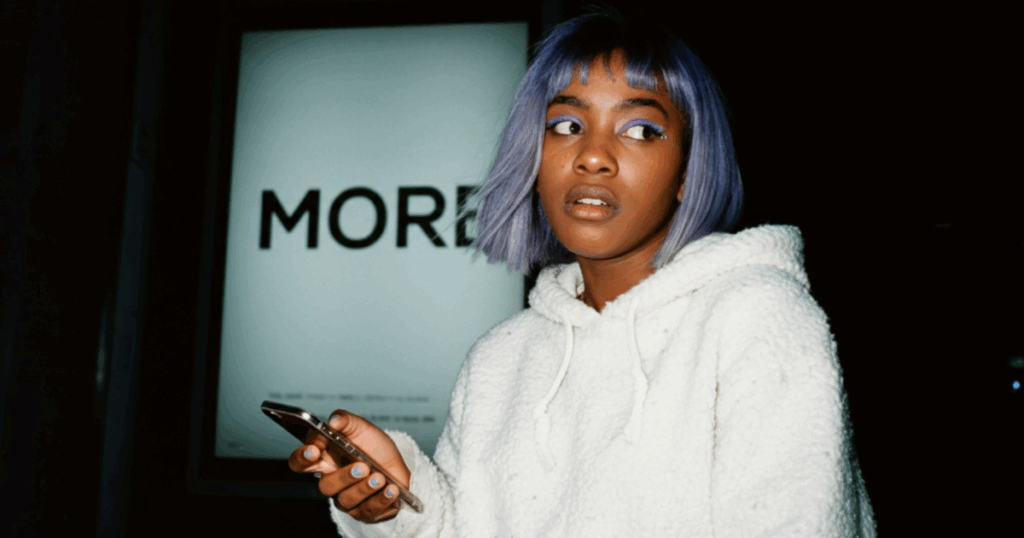
These statistics don’t account for the hidden costs creators silently absorb: the mental health toll of constant public scrutiny (with 71% of creators reporting symptoms of burnout in a 2023 survey), the opportunity costs of abandoned education or career paths, and the physical impacts of sleep deprivation and stress that accompany algorithm-dictated production schedules. Most telling is that when surveyed confidentially, 64% of full-time creators admitted they wouldn’t recommend their career path to others despite publicly portraying their lifestyle as aspirational.
Burnout is accurate within the creator economy, as more high-profile social media stars speak frankly about its emotional toll. TikTok powerhouse Drew Afualo, known for her sharp humor and viral takedowns, recently announced a break from the platform, bemoaning, “I have been severely ill and struggling with my mental health… I need to focus on self-validation and mental health.”
Football content creator Tyra Mills echoed similar struggles, admitting, “Hate and bullying comes with it… It was really hard to deal with.” The pressures of constant relevance, audience expectations, and emotional labor push creators to their limits.
“Staying relevant, planning, filming, and editing content without external help is challenging,” said influencer Veronica B, pointing to the blurred lines between personal life and performance. Valeria Lipovetsky, who has pieced together a lifestyle empire online, noted, “I’ve learned that the quickest route to burnout as a creator (and in life)…” while Essena O’Neill, who famously quit social media at the height of her fame, said it more with her whole being: “Social media is not real life.”
Together, their voices reveal a hard truth: the platforms built for connection exhaust the people fueling them. So, it’s essential to acknowledge the X-factors within the confines of people just trying to make a living despite constantly hustling.
Smashing the Cycle

Some creators have bailed on the process altogether. But, some have set parameters on how being in the public reframes their life and output. As they say in the world of corporate speak, they “take actionable steps,” to be helpful, we’ve listed some ways that creators can stay on top of their work while keeping their heads on straight while the engine continues to roar, 24/7.
Algorithms reward consistency, but humans reward resonance. Prioritize connection over constant presence. A creator who knows when to pause creates more loyalty than one who never stops.
Check these out:
- Mental/Emotional Boundaries Create a “Content vs. Life” Line
Decide what parts of your life are never for public consumption: who you’re dating, the kids, mental health episodes. Not everything has to be “content.” - Detach Metrics from Identity
Daily follower counts and view numbers are like stepping on a scale every hour. Create non-quantifiable KPIs like “Did I feel proud of what I posted today?” - Regular Digital Sabbaticals
Take one weekend a month, or even one day a week, off social platforms. Announce it, normalize it, model it for your audience. - Mental Health Budget
Factor therapy, coaching, or wellness resources into business expenses; your mind is your primary tool, treat it like your gear. - Time + Workflow Boundaries
Batch content, schedule output, and don’t live in posting mode 24/7. Record multiple pieces of content in one sitting, then schedule them. You’re allowed to work like a studio. - Establish “Office Hours” for DMs
Train your audience (and yourself) that you’re not available 24/7. Set boundaries around engagement time — and honor them. - Unfollow to Reclaim Your Feed
Curate your own media diet. Follow people who fill you up, not creators who trigger comparison fatigue. This shapes your creativity, not just your mood. - Platform-Specific Tactics Mute Metrics (Yes, Even Yours)
Instagram lets you hide likes. TikTok’s For You page can be brutal. Customize settings to reduce compulsive checking and comparison. - Post, Then Ghost (Temporarily)
Publish and walk away. Set a timer before checking comments. This protects energy and lets content breathe before reactive editing or spiraling. - Rotate Platforms Intentionally
Don’t let an app define your worth. Have one “main” and one “play” platform. YouTube for polished, Instagram for low-pressure ideas. Give that a whirl. - Community + Identity Work Set Community Guidelines (Even as a Solo Creator)
Post your boundaries. Make them visible: “No body shaming,” “I don’t respond to DMs,” “Mental health > content.” It empowers your audience and you. - Talk About Burnout Before It Hits
Model transparent pacing. Normalize saying, “I’m taking a break this week.” The creators who last the longest aren’t the ones who post the most. - Work With (or Become) a Moderator
Bring in help if you’re growing fast. A trusted mod or community manager can protect your emotional bandwidth and flag red flags early.
Alternatives to the Daily Grind

The creator economy is expected to grow from $250 billion in 2023 to $480 billion by 2027, so there’s a pressing need to address the economic and policy frameworks that underpin it.
Alternative models like creator cooperatives and decentralized, creator-owned platforms are emerging. These aim to redistribute control and profits more equitably among content producers, challenging the conventional dynamics where platforms disproportionately benefit from creators’ labor. While none of these have made a big enough impact against platforms like Instagram or TikTok, the idea is viable. Ampled is a community-owned platform like Patreon, except it’s 100% owned and operated as a cooperative.
Kickstarter co-founder Yancey Strickler started Metalabel, A model built on the idea of “release clubs” — groups of creators who collaborate on drops and projects, then share revenue and recognition collectively. The shift towards these new models isn’t just platform design; it necessitates comprehensive policy interventions. Many creators function similarly to gig workers, lacking essential labor protections such as minimum wage guarantees, overtime, and safeguards against discrimination. Surveys indicate that over one-third (36%) of gig workers have experienced unpaid labor, and 50% report being overworked.
The call for platform accountability is gaining steam, as a significant majority (81%) of people believe social media has increased accountability for businesses, reflecting public demand for transparency and ethical practices. Legislative measures, such as the proposed Platform Accountability and Transparency Act (PATA), aim to mandate social media companies to share more data with the public and researchers.
These efforts highlight the necessity for a regulatory environment that ensures fair treatment and equitable opportunities for creators.
Finding Sustainable Success
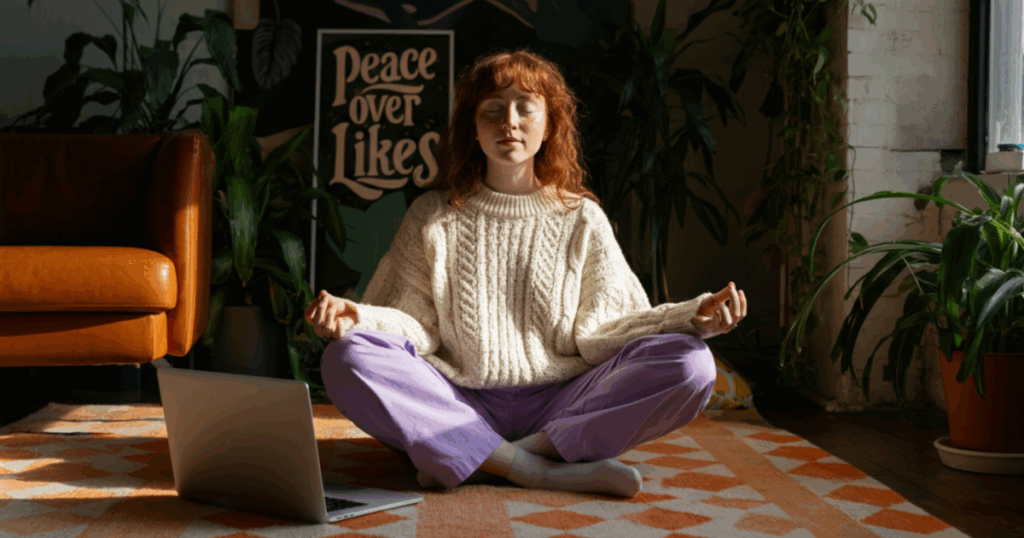
Thinking about my posts and how they perform has crept into my psyche, and I never intended that. As a writer, I only use social media to advocate for my work — my books and articles — but the trappings of dopamine still come calling.
If I’m experiencing that, it’s not wild to wonder about building resilience into practice, and those who make videos every day understand that it’s probably wise to think long-term over a short-term economy. You gotta know when to cash out before the house takes you for your rent.
When attention is currency, the price we pay is our peace.
There is no defined path to success. Social media strategy is a complicated game, but at the very least, it starts with advocating for yourself beyond everything. When I pull my hat low, I rep the Chicago White Sox and hope that my successes are even a fraction of HOVA’s — I’m just out here talking about life in the trenches. We all got our hook on social media, right?
The difference between thriving and burning out might be recognizing the game for what it is — and doing it before you get played.
